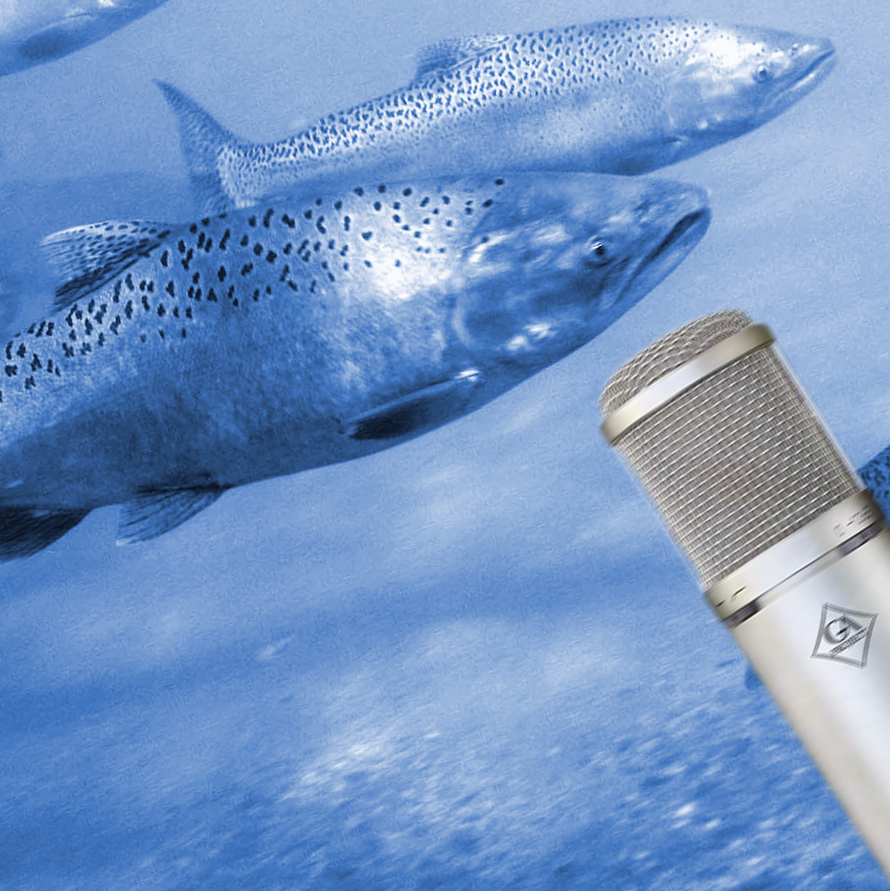Fish mics reveal river health
 Researchers are eavesdropping on fish to understand how healthy waterways are.
Researchers are eavesdropping on fish to understand how healthy waterways are.
Fish make a range of sounds underwater - grunting, squealing and gurgling as they hunt and reproduce.
For the first time, scientists have begun to use these sounds to detect the health of fresh waterways, the rivers, lakes and streams.
Australian researchers have used underwater microphones to record the sounds of fish, other animals and the water itself.
Analysing this soundtrack allows them to count the number and variety of fish and animals present, and measure river health.
The new approach provides a continuous measurement that does not hurt fish.
“Traditional methods of monitoring freshwater systems rely on taking samples, and these are expensive, unreliable and intrusive. They are only accurate at the time they are taken, in contrast to an audio monitoring system which gives a continuous readout,” says Dr Simon Linke from the Australian Rivers Institute at Griffith University.
AI has been trained to analyse the continuous stream of river recordings.
Dr Toby Gifford - an expert in real-time processing of audio signals - says using computers to automatically process biological sounds removes the need to manually annotate and count fish calls.
“Acoustic monitoring is becoming mainstream in many terrestrial ecosystems, and even in oceans,” he said.
“It is exciting to start applying these methods in rivers, particularly now that advances in deep learning are making automated analysis feasible.”
The recording system used by Dr Linke and his colleagues also works with insects.
“We record the sounds of water insects, another important indicator of water quality. When these soundtracks are fed into a computer, our acoustic monitoring system provides an instant readout,” , as Dr Camille Desjonqueres from the Paris Natural History Museum explains.
The experts want to build a database of fish calls, so the sounds can be matched with a fish species.
“There are 120,000 bird calls on record and it would be great to have a similar underwater sound database, like a museum reference collection,” Dr Linke said.








 Print
Print